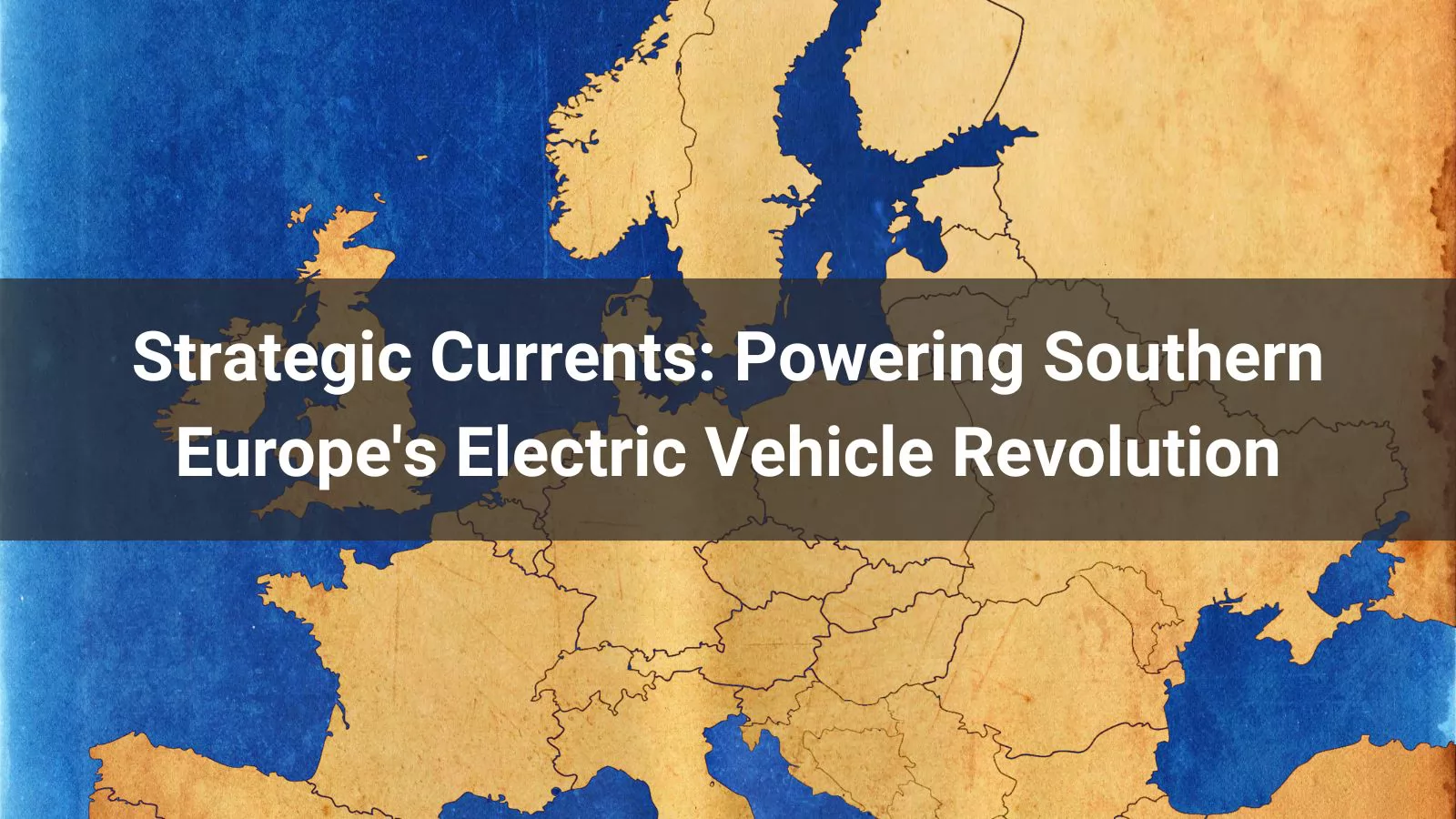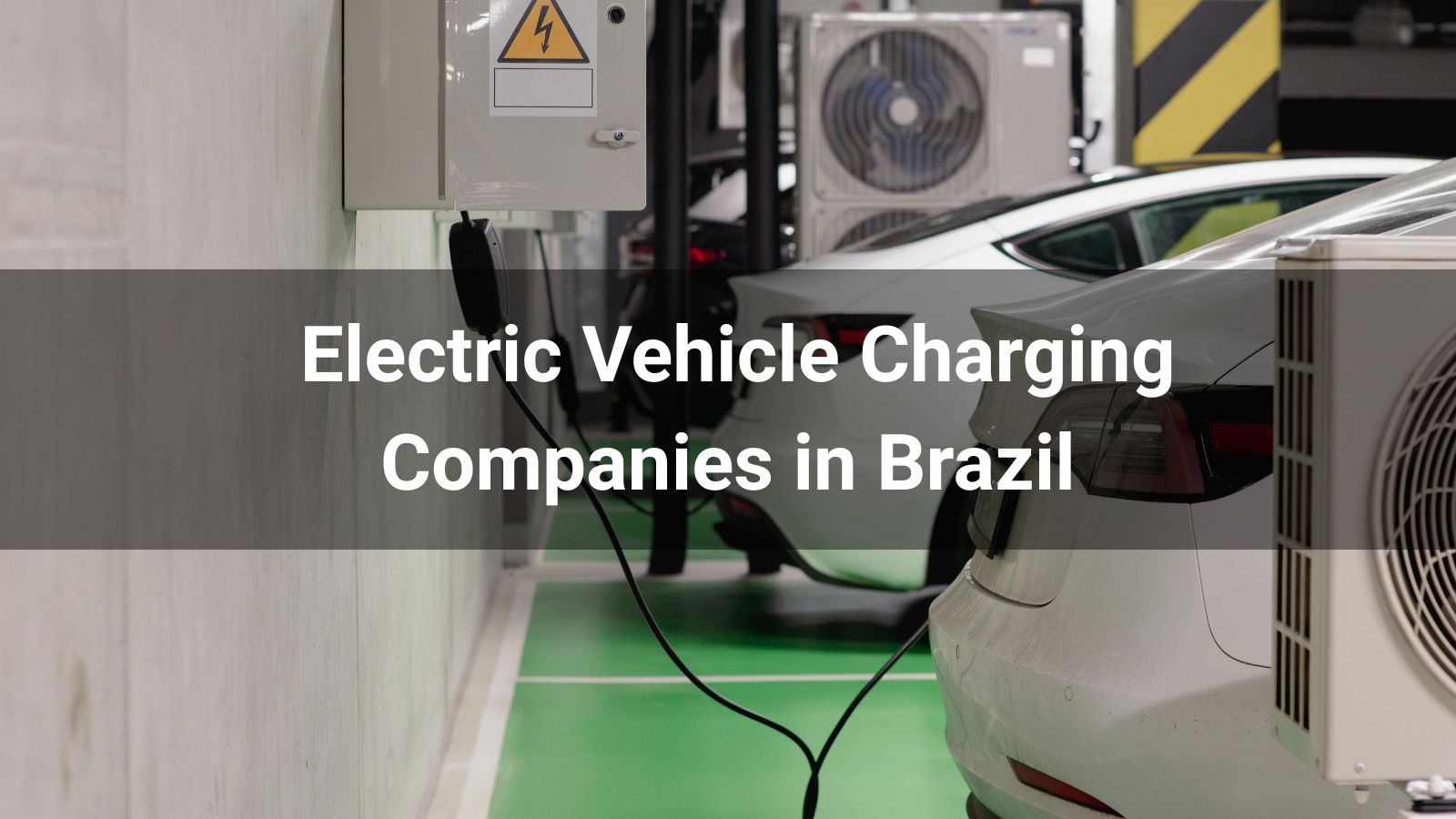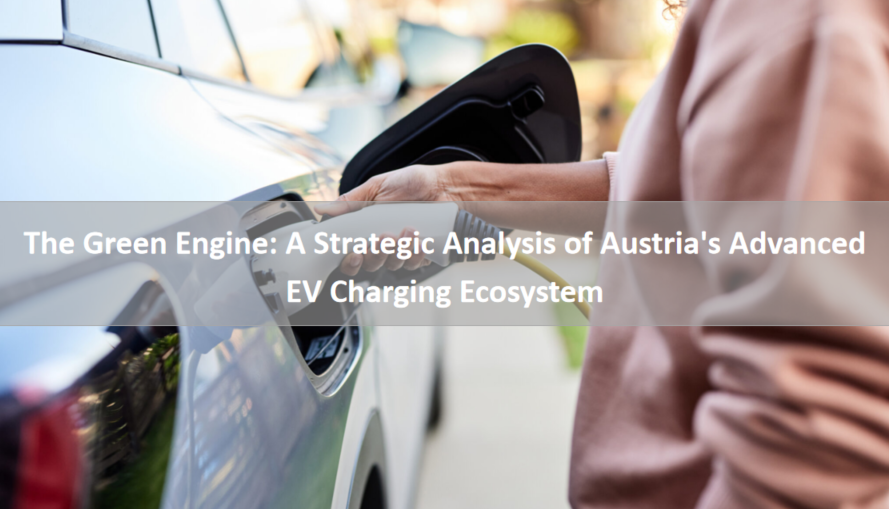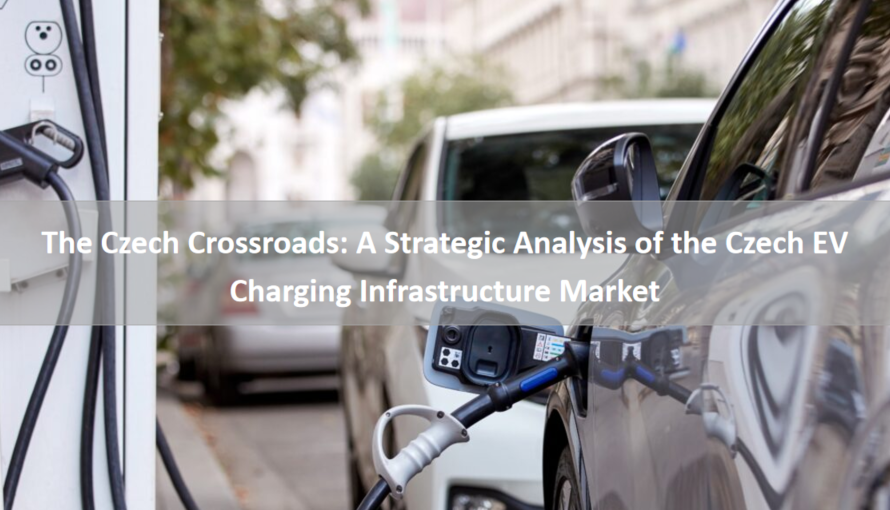
Executive Summary
Southern Europe, including Romania, Bulgaria, Serbia, Macedonia, Albania, Greece, Slovenia, and Croatia, is undergoing a transformative shift in mobility. Driven by accelerating EV adoption, EU-aligned climate targets, and substantial infrastructure funding, the region presents a booming market for EV charging infrastructure. This analysis explores the EV market's development, charging demand patterns, current charging pile distribution, and a strategic 10-year layout plan. Success hinges on tailored, reliable, and grid-adaptive charging solutions that address the region's diverse economic, geographic, and infrastructural challenges.
1. Development of the Electric Vehicle Market in Southern Europe
The EV market in Southern Europe varies by country but shows a unified upward trend, propelled by the EU’s “Fit for 55” package and the 2035 ICE vehicle ban.
-
EU Front-Runners: Slovenia and Croatia High GDP per capita and integration with Western European supply chains drive rapid EV adoption. Incentives like subsidies and tax breaks are effective, with Croatia’s tourism-heavy Adriatic coast creating unique charging needs.
-
Emerging Giants: Romania, Greece, Bulgaria These nations show high growth from a lower base. Romania benefits from new manufacturing plants, Greece from recovery funds, and Bulgaria from increasing EV awareness. Budget-conscious consumers prioritize Total Cost of Ownership (TCO).
-
Western Balkans: Serbia, Macedonia, Albania Nascent markets with EV adoption led by electric buses and commercial vehicles, supported by municipal or international funding. Serbia is advancing its regulatory framework, and used EV imports will drive future demand.
-
Unifying Insight: The market is transitioning to the early majority, requiring robust, business-driven charging networks to address range anxiety and usability.
2. Insights into Electric Vehicle Charging Demand
Demand patterns reflect the region’s socio-economic and geographic diversity:
-
Urban-Rural Dichotomy and “Second Car” Phenomenon Urban centers like Bucharest and Athens drive AC charging demand (7-22kW) for multi-car households’ commuter vehicles. Complex property ownership structures pose installation challenges.
-
Tourism Corridor Imperative Tourism-heavy areas (Adriatic Coast, Greek islands, Transylvania) require reliable DC fast-charging (50-150kW) along highways. Charger reliability is critical to avoid reputational damage.
-
Commercial Fleet Transition Logistics companies face pressure to decarbonize, driving demand for depot-based DC charging and high-power charging (HPC) hubs for trucks along E75 and E70 highways. Uptime and TCO are key.
-
Grid Constraints Grid instability, especially in the Balkans and older urban areas, necessitates smart charging, battery buffering, and solar integration for economic viability.
3. Distribution Characteristics of Charging Piles
The current charging infrastructure is fragmented:
-
Geographic Concentration: Chargers cluster in capital cities, leaving rural areas and secondary cities as “charging deserts.”
-
Power Dispersion: AC chargers dominate, with limited and often unreliable DC fast chargers, hindering long-distance travel.
-
Operator Fragmentation: Multiple small Charge Point Operators (CPOs) create a disjointed user experience due to lack of interoperability.
-
Site-Specific Challenges:
-
Vandalism and rugged use require durable chargers.
-
Extreme temperatures demand robust environmental protection (IP54+).
-
Coastal areas face corrosion from salty air.
4. Charging Pile Layout Plan for the Next 10 Years
A phased, collaborative approach is proposed:
-
Phase 1: Foundation (2024-2027) Deploy reliable DC fast chargers (50-150kW) along TEN-T corridors and AC chargers in urban residential/commercial areas. Prioritize OCPP 1.6J-compliant, modular chargers for reliability and low TCO.
-
Phase 2: Expansion (2028-2030) Integrate networks for interoperability, upgrade high-traffic sites to HPC (150-350kW), and expand to tier-2/3 cities and tourism areas with off-grid/solar solutions.
-
Phase 3: Maturation (2031-2034) Achieve ubiquitous AC charging in urban areas, develop HPC hubs for trucks, and roll out V2G and renewable-powered microgrid stations with AI-driven energy management.
5. Conclusion Summary
Southern Europe’s EV charging market offers immense opportunity, driven by regulation, consumer demand, and economic necessity. Key takeaways for stakeholders:
-
Reliability Over Specifications: Uptime and longevity trump peak power.
-
Grid Integration: Chargers must support constrained grids with smart power management.
-
Localized Economic Model: Low TCO and reduced capital expenditure are critical for adoption.
-
Phased Rollout: Start with reliable urban and corridor coverage, then scale to HPC and specialization. Anari Energy’s Pales DC Series, designed for reliability, grid compatibility, and low TCO, positions the company as a strategic partner in building Southern Europe’s clean transportation future.








